Open a bag of chips, unbox a frozen lasagna, or unwrap your favorite ice cream bar today, and you might…
April 2 Tariffs: Will We See Price Gouging Like in the COVID Days? What Happens When Other Countries Retaliate—And What Should Consumers Do and Stock Up On?
On April 2, 2025, a new wave of tariffs imposed by former President Donald Trump is set to take effect, targeting imports from key trading partners such as Canada, Mexico, and China. These tariffs are intended to protect domestic industries and reduce trade imbalances. However, the immediate concern is that they will drive up costs for businesses, which will, in turn, pass these increases onto consumers.
This situation raises several pressing questions:
Will wholesalers and retailers engage in price gouging, similar to what we witnessed during the COVID-19 pandemic?
How will retaliatory tariffs from foreign countries impact U.S. exports and domestic industries?
What can and should consumers do to protect themselves before prices skyrocket?
The Inevitable Impact on Consumer Prices
One thing is certain: U.S. consumers will pay more. The notion that manufacturers, distributors, and retailers could absorb these added costs is unrealistic. They will pass them on, as they always do when faced with higher import costs.
The new tariffs include:
A 25% levy on goods from Canada and Mexico, affecting agricultural products, automobiles, and energy resources.
Tariffs on Chinese imports increasing from 10% to 20%, impacting electronics, textiles, and machinery.
A 200% tariff on European wines and spirits, making them significantly more expensive.
These measures will result in higher prices for a wide array of consumer goods, particularly in the food and beverage industry.
Lessons From the COVID-19 Price Gouging Era
During the COVID-19 pandemic, widespread supply chain disruptions led to significant price spikes for essential goods. Some businesses took advantage of the crisis, engaging in price gouging on high-demand items like personal protective equipment (PPE), sanitizers, and basic foodstuffs.
For example:
In New York, reports of price gouging surged by over 840% during a bird flu outbreak, showing how quickly businesses exploit scarcity.
Major grocery chains were found to have artificially inflated prices on essentials during the pandemic.
The Federal Trade Commission (FTC) accused multiple retailers of using inflation as an excuse to price gouge.
Given this history, it’s reasonable to expect that similar behaviors may emerge as the new tariffs disrupt supply chains and increase costs.
Food and Beverage Items Most Affected by Tariffs
The April 2 tariffs will have a direct impact on food and beverage prices in the U.S., particularly for items that rely on imports. Here’s a look at some of the key categories that will see price increases:
- Fresh Produce
Many fruits and vegetables that Americans consume daily come from Mexico and Canada. Tariffs will increase costs for:
Avocados
Berries (strawberries, blueberries, raspberries, etc.)
Tomatoes
Leafy greens (lettuce, spinach, kale, etc.)
- Meat and Dairy
Beef and dairy products are heavily traded between the U.S., Canada, and Mexico. Tariffs will drive up the cost of:
Beef and pork
Cheese and yogurt
Milk and butter
- Seafood
Many Americans rely on imported seafood, particularly from China. Expect price hikes on:
Shrimp
Tilapia
Crab and lobster - Beverages
Alcoholic Beverages
A 200% tariff on European wines and spirits will significantly increase prices.
Expect higher costs for whiskey, vodka, and imported beer from Europe.
Non-Alcoholic Beverages
Tariffs on aluminum imports will increase packaging costs for canned drinks like soda, sparkling water, and energy drinks. - Processed and Packaged Foods
Canned goods (soups, vegetables, ready-to-eat meals) will cost more due to higher aluminum and steel prices.
Snack foods that rely on imported ingredients will also see increases. - Key Ingredients for Manufacturing
Grains and oilseeds (wheat, corn, soybeans) from Canada and Mexico will face higher tariffs, increasing costs for bread, cereal, and cooking oils.
Sugar and alternative sweeteners used in candies, baked goods, and sodas will also rise in price.
What Happens When Other Countries Retaliate?
Whenever the U.S. imposes tariffs, foreign governments often retaliate with tariffs of their own, making American exports more expensive and less competitive.
- U.S. Agricultural Exports Will Take a Hit
Countries like China and the European Union have a history of targeting U.S. farmers in trade disputes. Likely impacts include:
Higher tariffs on soybeans, corn, and pork, making them harder to sell abroad.
Lower demand for U.S. agricultural products, putting financial strain on American farmers.
- Manufactured Goods Will Face Barriers
Machinery, automobiles, and electronics may become less competitive overseas due to retaliatory tariffs.
This could lead to reduced production, layoffs, and economic slowdown in manufacturing-heavy states.
What Should Consumers Do?
Be Vigilant:
Watch for sudden, unexplained price increases on essential goods.
Compare prices at multiple retailers to avoid overpaying.
Report Price Gouging:
Many states have hotlines and websites for reporting unfair pricing.
Keep receipts and document price hikes to provide evidence.
Buy Local:
Supporting domestic farmers and producers can help reduce reliance on expensive imports.
Stock Up on Essentials Before Prices Rise:
Buying non-perishable goods now can save money later.
Look for Sales and Buy in Bulk:
Warehouse stores like Costco and Sam’s Club may offer better deals before prices rise.
What Should Consumers Stock Up On?
With price hikes and possible shortages on the horizon, here’s what consumers should consider stocking up on before April 2:
Non-Perishable Foods
Canned goods (vegetables, soups, beans, tuna)
Dried pasta and rice
Cooking oils (olive oil, vegetable oil, canola oil)
Sugar and flour
Frozen Foods
Meat and poultry (before tariffs raise prices)
Frozen vegetables and fruits (to replace fresh produce imports)
Frozen seafood
Beverages
Alcohol (especially wine, whiskey, and beer from Europe)
Canned soda and energy drinks (before aluminum costs increase)
Coffee and tea (some imports may be affected)
Household Essentials
Toilet paper and paper towels (paper imports may be affected)
Cleaning supplies (disinfectants, detergents)
Baby and Personal Care Items
Diapers and baby formula
Toothpaste, shampoo, soap
Final Thoughts: A Costly Future for Consumers and Exporters
The April 2 tariffs will undoubtedly lead to higher prices for food, beverages, and everyday necessities. Manufacturers, distributors, and retailers will not absorb these costs—they will pass them on to consumers.
While some price increases will be legitimate, history suggests that opportunistic businesses may engage in price gouging, just as they did during the COVID-19 pandemic.
Stocking up now on non-perishable foods, beverages, and household essentials could save consumers money in the months ahead as these price hikes take effect. Stay informed, plan ahead, and act before the prices soar.
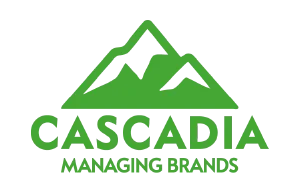
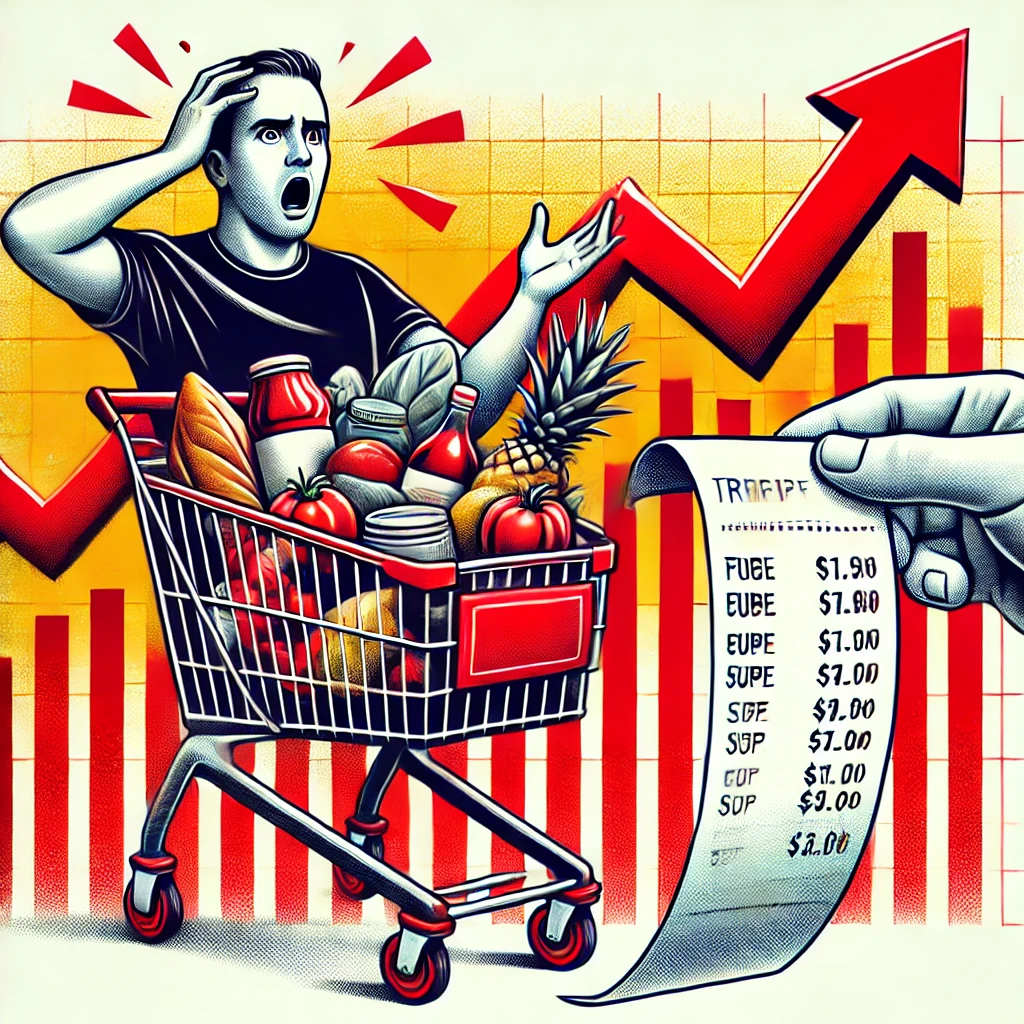


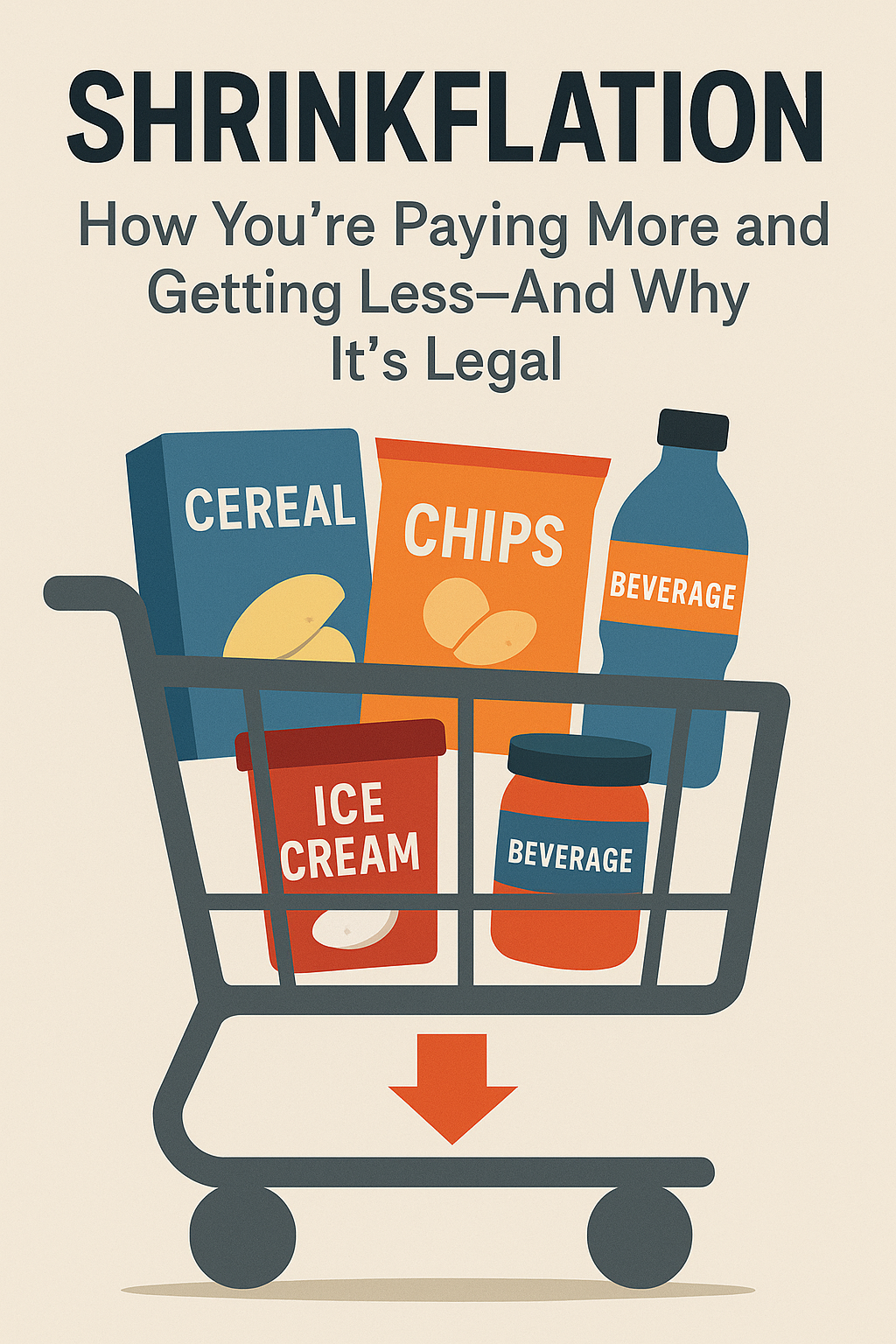
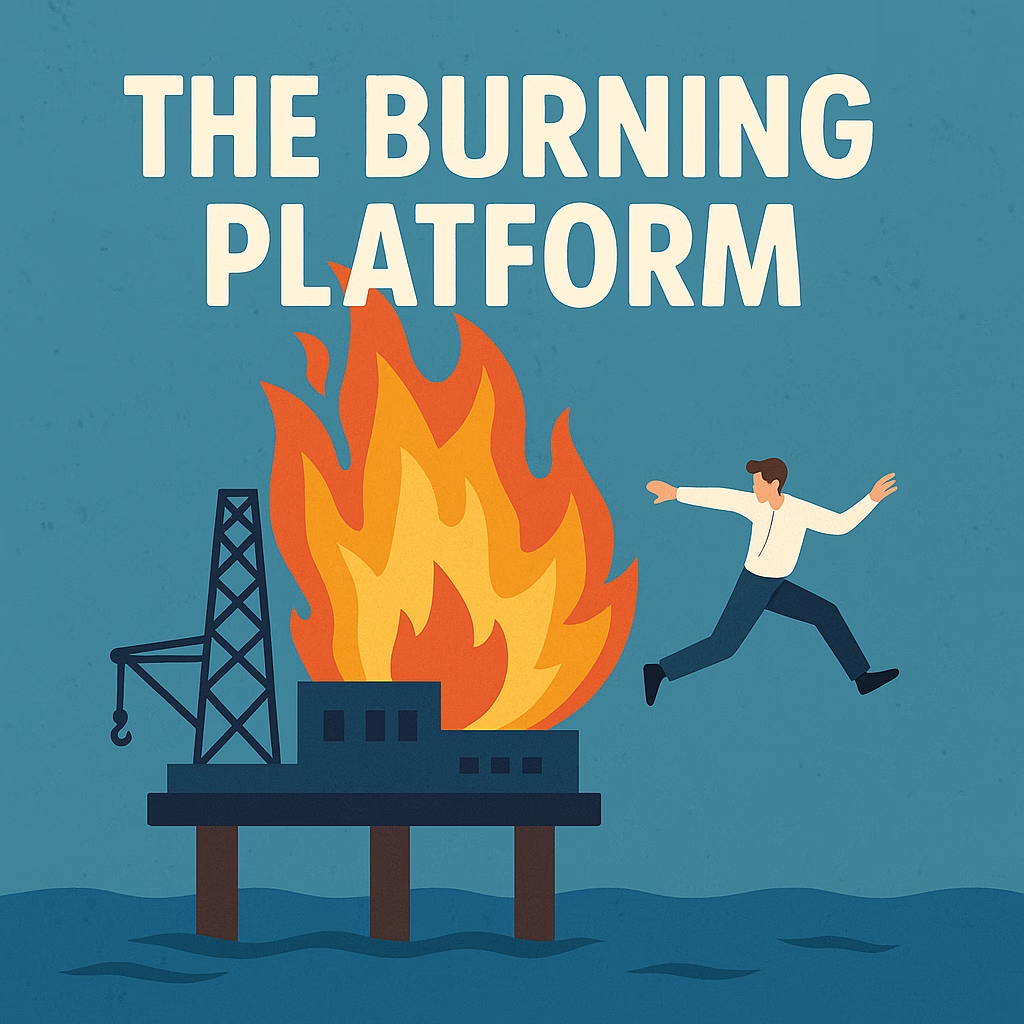
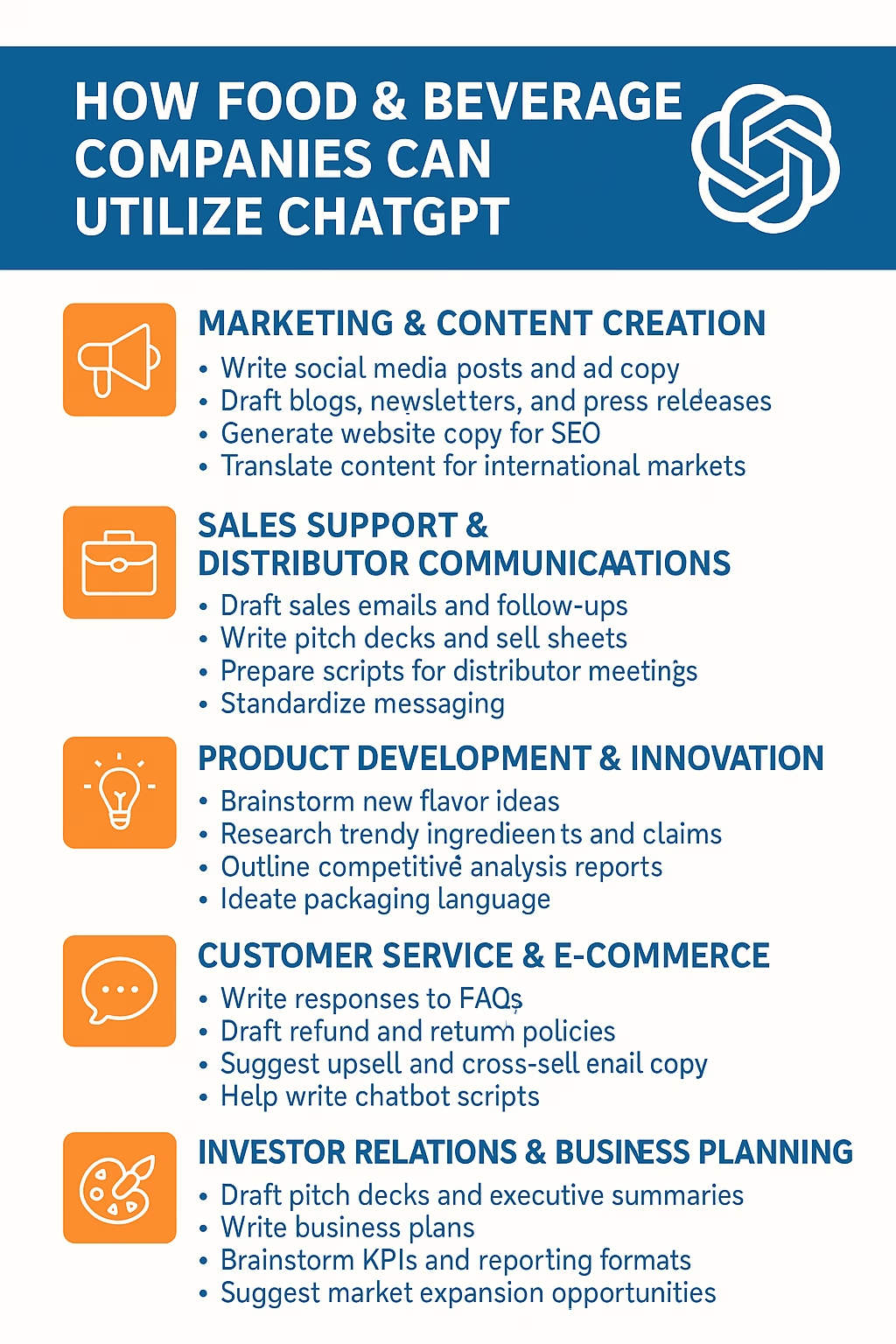
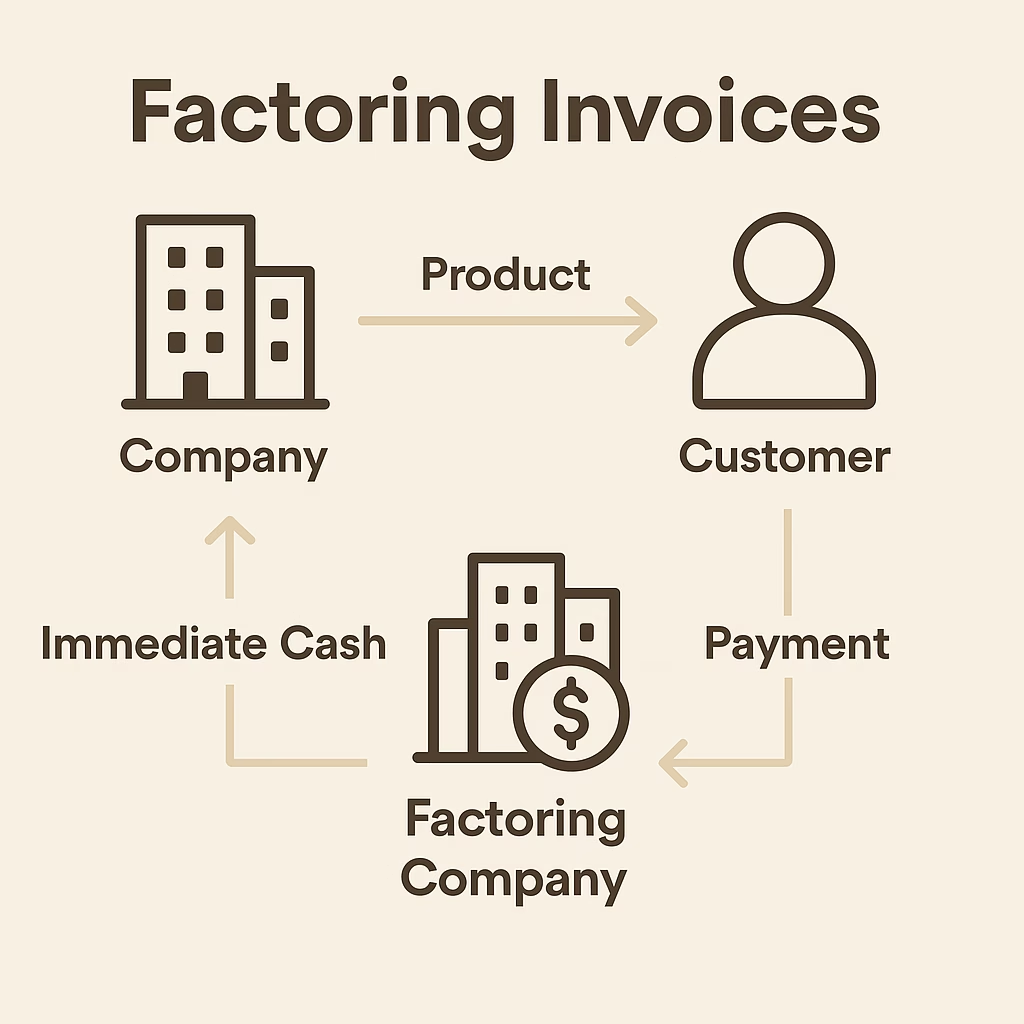
SECOND TEST